Tracking Marine Vessels
AIS-Catcher: Tracking Marine Vessels with SDR
I happened to visit Chennai during my DP1 summer break, it was fun to catch up with old school friends and I also made a visit to my school; it was a nostalgic feeling.
After spending time exploring aircraft tracking through ADS-B, I turned my curiosity toward a lesser-known but equally fascinating technology, it’s called AIS or Automatic Identification System. Much like ADS-B for airplanes, AIS allows ships to broadcast their position, speed, identification and status over radio frequencies. These signals can also be intercepted and decoded using an RTL-SDR and open-source tools.
While ADS-B operates on 1090 MHz (and 978 MHz in the U.S.), AIS operates in the VHF band at 161.975 MHz (Channel 87B) and 162.025 MHz (Channel 88B). These frequencies are well within the reception range of an RTL-SDR. To begin the experiment, I used my RTL-SDR V4, connected to a V-Dipole antenna along with a decoding tool called AIS-Catcher (GitHub link).
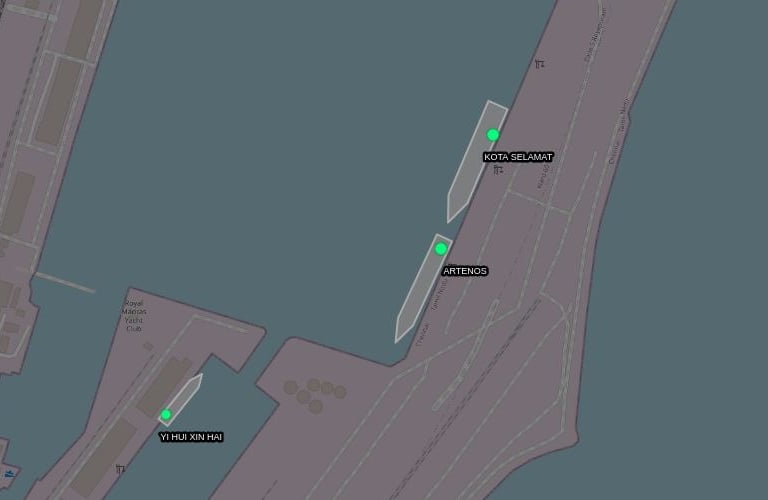

Once everything was connected, I headed up to the terrace to maximize signal reception. At first, the output was underwhelming, barely a couple of ships showed up. After tweaking a few settings, specifically enabling auto gain control and adjusting the sample rate to 1.536 MSPS, the results drastically improved. AIS messages started coming in from multiple ships, the Chennai port base station and interestingly, even from a Dornier-228 Coast Guard aircraft that was perhaps on a search and rescue mission. Although AIS is primarily marine-focused, certain aircraft (especially SAR and coastal patrol) also use it, adding a whole new layer of interesting complexity to the system.
One of the most rewarding aspects of this project was seeing real-time ship traffic plotted across the Chennai port region, backed by live AIS messages my system had decoded directly. I gained hands-on insight into how VHF marine communications work and how data packets are structured.
This project was my first deep dive into marine tracking and communication protocols, and it has expanded my understanding of how global transportation systems; both aerial and maritime remain interconnected and transparent using radio-based technologies.
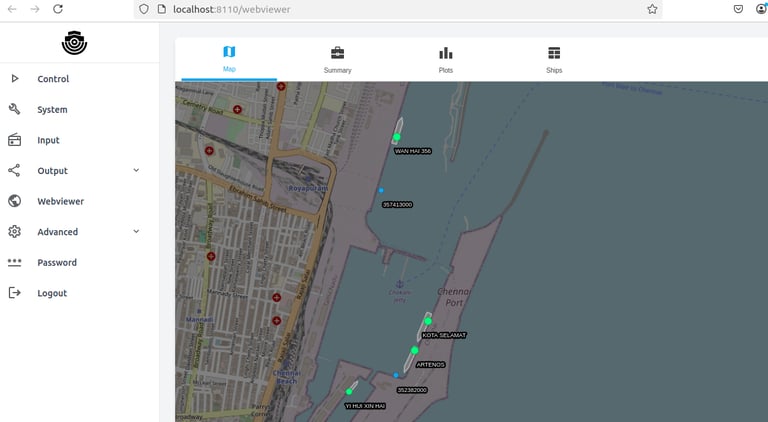

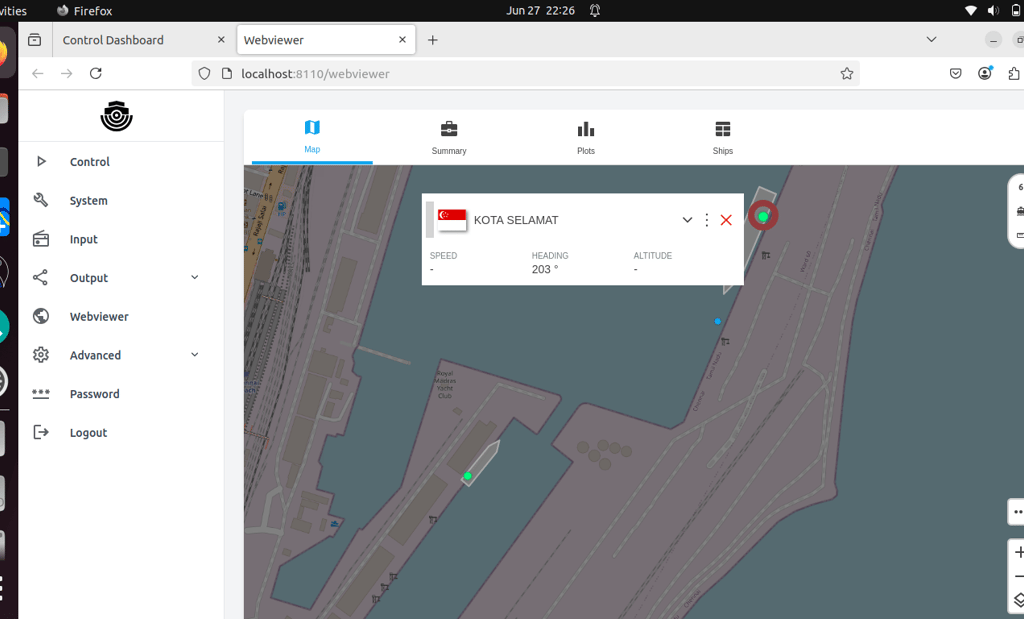

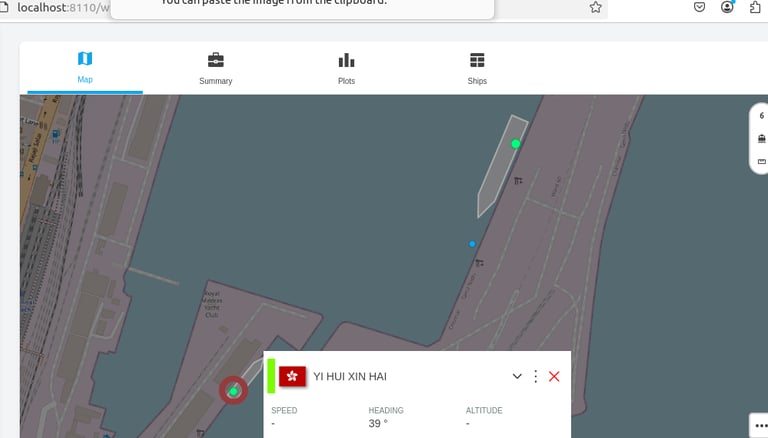

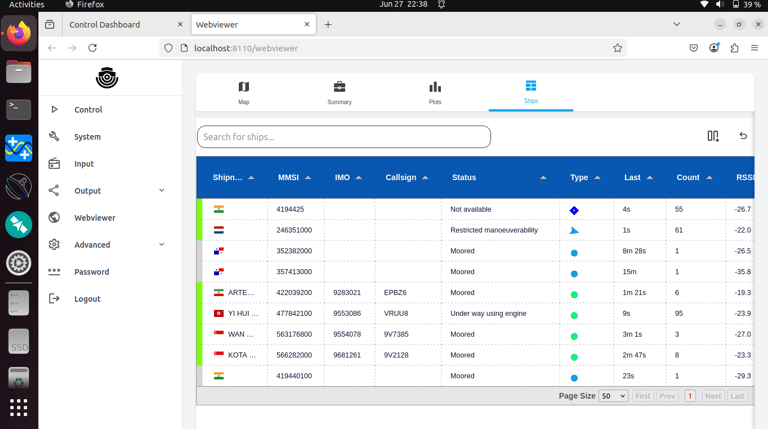

xSpace.Space - Yash Xavier's Digital Space
Explore my Journey
My Personal Pursuits
© 2025. All rights reserved.
Showcase of Endeavour
Projects & Achievements
